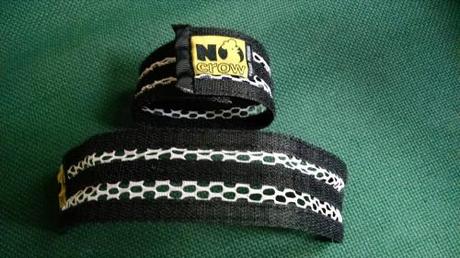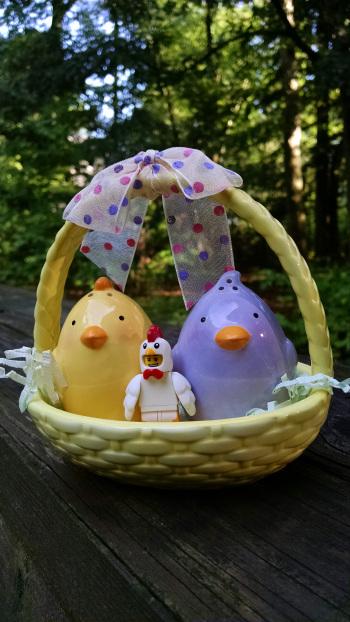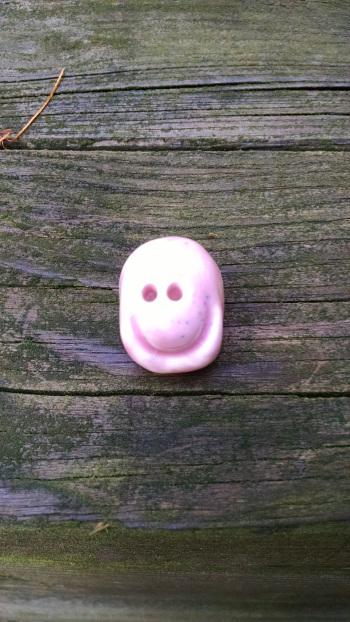Yesterday when I put up information on the NO CROW collars, I had no idea of the kinds of opinions people would have on the matter. While most think that *if* this works, it would be great, there were a few who strongly disliked the idea.
But then I shouldn’t have been surprised, people tend to love and be protective of their flocks.
“It’s cruel.”
“If you don’t want to have roosters, you shouldn’t have roosters.”
And while I agree with that last comment on some level, (once again, roosters do not belong in a backyard flock where you have close neighbors) I also know that with our very first surprise rooster, Betty (“Bet he’s” a rooster) I would have tried anything if it meant we could keep her/him in our flock. We hadn’t planned on a rooster, but as so often happens when you have chicks, we ended up getting one.
I feel so strongly about the rooster situation that I taught myself how to cull a chicken so that not only could I put a sick or injured chicken down, but that I would also be available to locals who could not get rid of their roosters. When I teach my chicken classes, I always include a short segment on culling.
Do I like doing it? No. Will I continue to offer this service? Yes. We live near a river, a quick cull is far better than abandoning in the woods or throwing in the water. Sometimes people get desperate.
Someone on Community Chickens raised the idea of whether or not these collars are healthy for the roosters, if they can’t take a deep breath, are we going to start seeing roosters with respiratory issues?

That’s actually a good question and one I hadn’t considered. When you put the collar on your rooster, you are supposed to leave a fingers’ width of extra space so that it does not interfere with normal breathing. Until he crows, he’s simply wearing a collar. It’s only when the rooster takes a large inhalation in order to crow that the collar will even be felt.
But are taking deep inhalations necessary for a rooster’s health?
I don’t know and so I’ve reached out to a poultry vet at UPenn and one at USDA APHIS to get their opinions on the matter. As soon as I hear from them, I’ll pass on the information.
I *personally* think that these collars, if they work, would be of incredible benefit to flock owners. I currently have a rooster-less flock (unless you want to count our transgender hen- Zelda) that is allowed to freely range in our yard. We are bordered by woods, having a rooster to sound the alarm or even to challenge a sneaky predator, would be ideal.
I’ll continue to follow this collar topic and will pass on any information I get (stories of success/failure, and professional opinions.)
***
In other chicken news, this recently came in the mail. A reader (and Facebook friend) Wes, sent this because when he saw it, he thought of me. How wonderful it is to share the chicken love. Thank you Wes, it’s lovely and makes a wonderful addition to our family dinner table. We’ll be thinking of you often.

Here’s a smile right back at ‘cha. Many thanks, friend.

***
NOTE: If you are want a chance at getting that set of NO CROW collars, comment on the previous NO CROW post. I’ll randomly pick someone on Friday.
If you have questions or concerns about the collars, leave them here and I’ll see if I can get the answers.
***
Wendy Thomas writes about the lessons learned while raising children and chickens in New Hampshire. Contact her at [email protected]
Also, join Wendy on Facebook to find out more about the flock (children and chickens) and see some pretty funny chicken jokes, photos of tiny houses, and even a recipe or two.
Like what you read here? Consider subscribing to this blog so that you’ll never miss a post. And feel free to share with those who may need a little chicken love.

